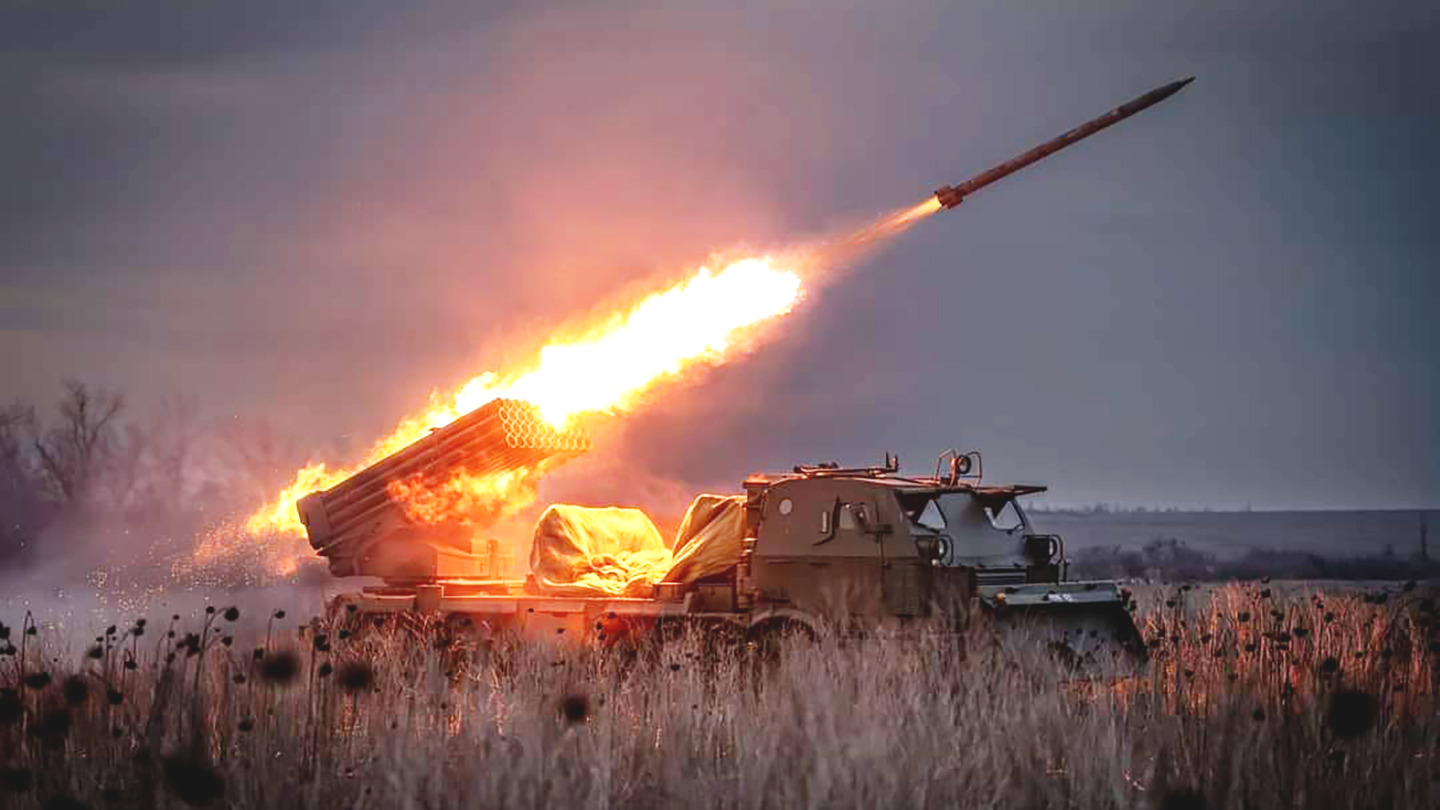Pentagon officials provided their latest assessment of the state of play on the battlefield, the role of North Korean troops in Kursk, and how what’s left of nearly $7 billion in funding for Ukraine could be allocated in the waning days of the Biden administration.
Though Ukraine is losing ground in the east, especially around the key logistical hub of Pokrovsk, it would take several years before Russia could capture the entire Donetsk region based on the current pace of the conflict, a senior military official told The War Zone Tuesday afternoon. Meanwhile, Ukraine can hold its Kursk salient for at least the next few months despite increasing Russian pressure and the influx of North Korean special operations troops who are starting to take heavy casualties there, the official said.
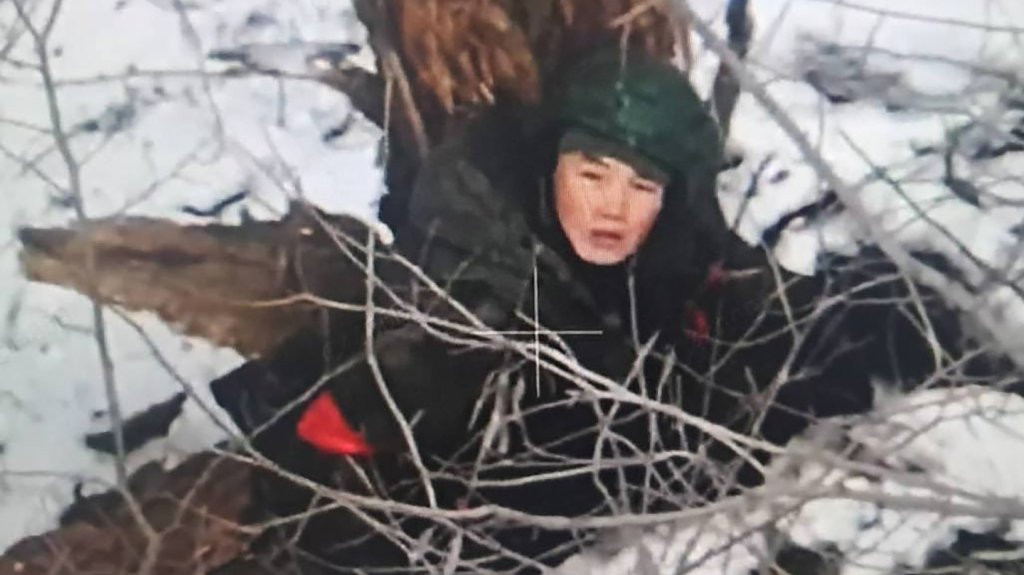
As we previously noted, Pokrovsk remains a key tactical gridpoint for both sides, with most Russian advances toward the Ukrainian-held city coming from the south.
“The Ukrainians have been ceding some of that terrain and falling back to more defensible positions,” the official explained. “So while the Russian soldiers have made significant progress … it’s very short amounts of progress. And as Ukrainians get to more defensible positions, we think they’ll be able to shore up the defenses and last for some amount of time defending Pokrovsk depending on how events on the battlefield play out.”
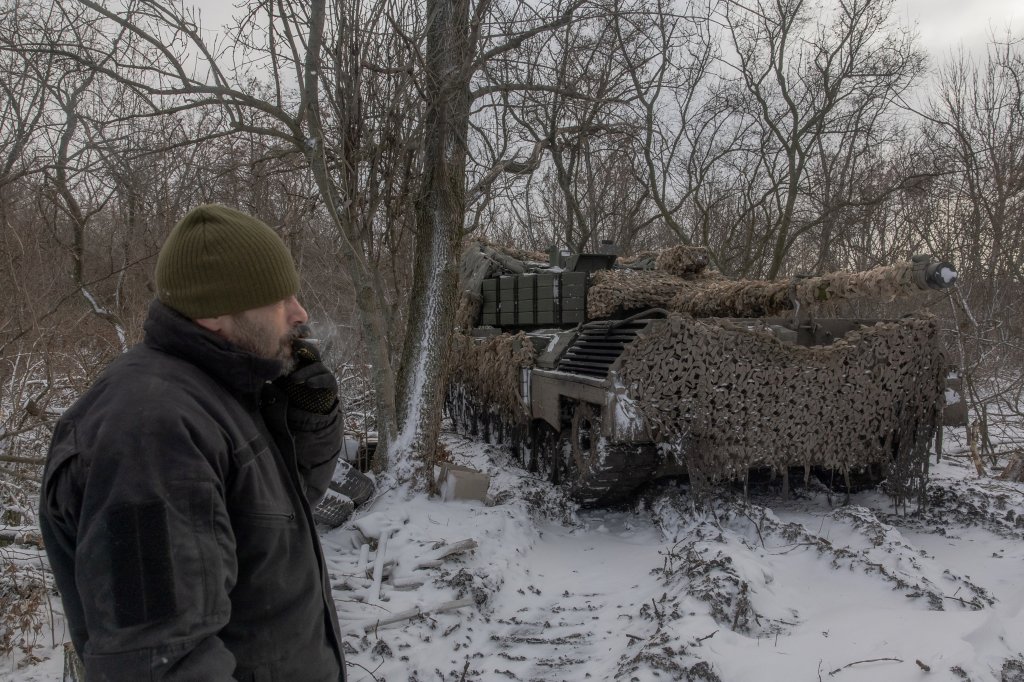
Despite months of bloody assaults, the city remains in Ukrainian hands. Its fall would have significant economic and tactical implications for Kyiv, the official surmised.
The city has a “fair amount of precious metals and minerals and things that are important to the Ukrainian economy over the long term,” the official pointed out. More immediately, Pokrovsk provides key lines of communication, allowing Ukrainian troops to maneuver in the region.
Despite its importance, losing Pokrovsk would not necessarily spell doom for Ukraine’s defense.
“Just because they take Pokrovsk, doesn’t mean Donetsk falls,” said the official. “There’s a number of defensive lines after that. Even if they sustain their current rate of advance, it would take a couple of years for them to take Donetsk completely. That rate of advance could change one way or another, but just doing the math that’s about what it would take right now.”
There has been concern that losing Pokrovsk would cause Ukrainian lines in the area to buckle further, potentially creating an opening for Russia to thrust deeper toward Dnipro, another major industrialized region.
“It would be very important for the Ukrainians to hold onto” Dnipro, the official stated, adding that “it is impossible to tell” which direction Russian troops would go if they did capture Pokrovsk.
“I think they are certainly focused on the tactical situation at hand there.”
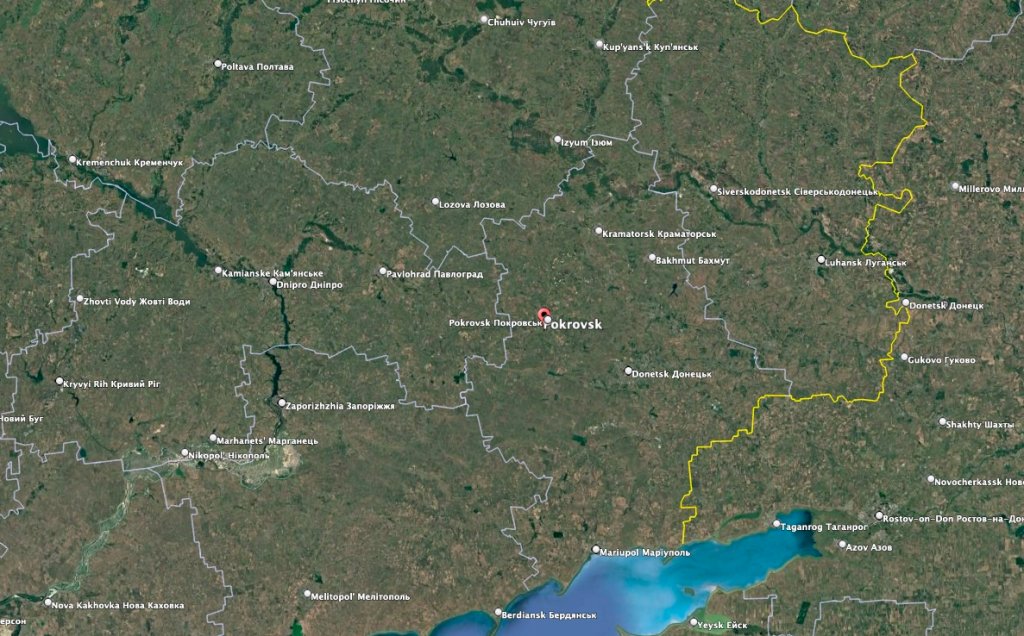
The long grind toward Pokrovsk is taking a toll on Russia, the senior military official explained. The fight there is contributing significantly to Russia sustaining what the official said was about 1,200 casualties per day. That’s a staggering figure putting pressure on Moscow’s long-term capability to keep up the fight at its current tempo in Ukraine.
“I’ve seen no indications that they’re unable to regenerate” their troop strength, the official suggested of the Russians. “So they do continue to regenerate. I don’t think that can last forever, though. While they may be able to do that now, we certainly know that that’s one of the concerns that they would have on how long [they could] sustain that regeneration over time. It’s inevitable, quite frankly, that if they continue to sustain that level of casualty, eventually they have to look at another mobilization, which obviously would be a large political decision.”
Meanwhile, 225 miles to the northwest, North Korean troops are adding to the pressure Ukraine faces in trying to hold onto what’s left of the 500 square miles of territory it captured in its August invasion.
The Pentagon is seeing “independent maneuver from the DPRK forces,” the senior military official stated, using the Democratic People’s Republic of Korea acronym preferred by Pyongyang. “There is a lot of integration with Russian maneuver units up there as well.”
The following video shows some of those troops in action.
The North Koreans are being used “as small, light infantry … and a little bit of indirect fire usage with mortar platoons, and things of that nature that they’ve been employing. As far as the capabilities, they’re consistent with what you would think they would have, their lower caliber indirect fire capability, and then direct fire capability, and obviously the kind of communications equipment that you would expect.”
Their complete lack of previous combat experience is contributing to increasing casualties, the senior military official pointed out.
“They’re definitely up on the front line. They’re taking casualties. Based on the latest understanding that we have as of this afternoon, we’re looking at several hundred casualties … everything from wounds, up to being [killed in action] KIA.”
That concurs with what Ukraine’s Defense Intelligence Directorate (GUR) previously reported. You can see some of those casualties in the following video.
Those casualties cut across ranks, the senior military official said.
“I don’t want to get too specific, but it would be all the way from the very bottom to very near to the top. Based on some of the targets that the Ukrainians [have hit], which have been command and control nodes, etc, you can understand what types of leaders might be in those locations.”
As we previously noted, a North Korean general was said to have been wounded last month in a Storm Shadow air-launched cruise missile attack on a headquarters in Kursk.
The incident was reportedly captured by a Ukrainian drone unit, which you can see in the following video.

It is unclear at this time whether North Korea intends to bolster its presence of about 12,000 troops in Russia, the senior military official posited.
“I don’t think we have any particularly good insights on if [Russian President Vladimir Putin has] asked for additional DPRK troops or whether [North Korean leader] Kim [Jong-un] has agreed or rejected that. We’re obviously watching it closely and looking for indicators of that, such as troops getting prepared to move out of North Korea, etc, things that we can pick up from a variety of intelligence sources, but we don’t have any real good indication one way or the other on that.”
The Pentagon has more clarity, however, on Ukraine’s ability to maintain a significant presence in Kursk.
“It will be some time before the forces that the Russians have brought to bear there would be able to reduce that salient in any meaningful way,” the senior military official posited. “The Ukrainians have been adjusting their long-range strikes and changes to U.S. policy now allow the Ukrainians to use U.S.-provided munitions and Western-provided munitions into Russia. Ukraine has conducted a number of [U.S.-produced Army Tactical Missile System short-range ballistic missile] ATACMS and other strikes with long-range munitions into Russia. Those have been successful at the tactical level. We’re evaluating their operational effects, but we’ve certainly seen some benefits from those up front.”
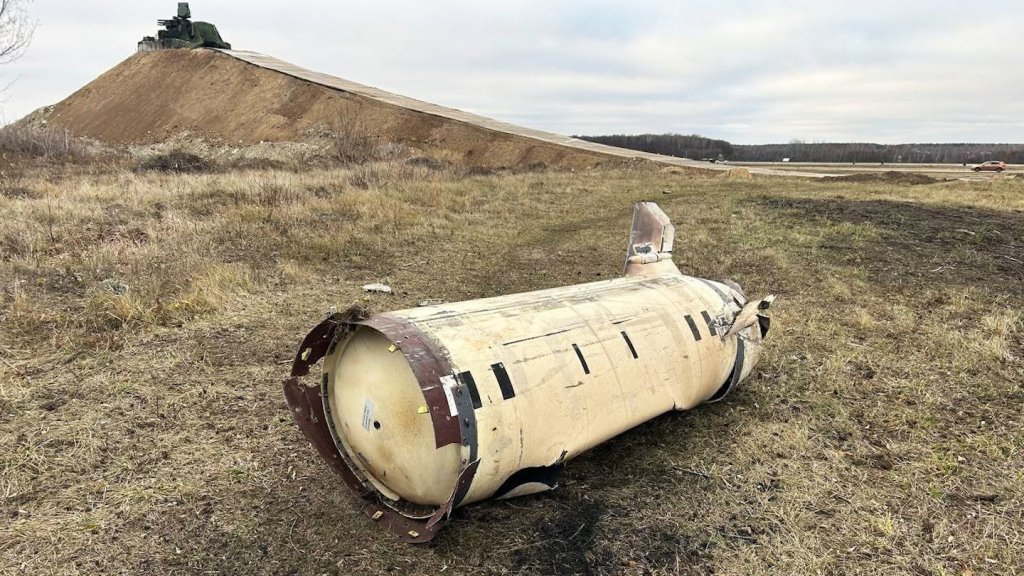
Still, “the Russians have made up significant ground in Kursk,” said the official, adding that “it will be a hard fight for the Ukrainians to hold what they have. I have no doubt that they can hold it for a period of time that extends at least a few months into the future.”
The senior military official agreed with previous reports that Ukraine has lost about 40% of the territory captured in Kursk during two major counter-operations.
“I don’t have an exact percentage I can give you, but it has been a significant loss, and that is not an unreasonable estimate that you provided,” the senior military official told The War Zone, adding that a “number of factors” will determine Ukraine’s ability to hold onto what it has taken in Kursk.
“It will depend on the effectiveness of the long-range strikes that the Ukrainians are conducting,” the senior military official explained. “How effective are those? Do they pick the right targets, etc? And [it] will depend on the performance really, of the individual soldiers on each side on the battlefield who will be learning every single day and getting better as they work to survive and fight there.”
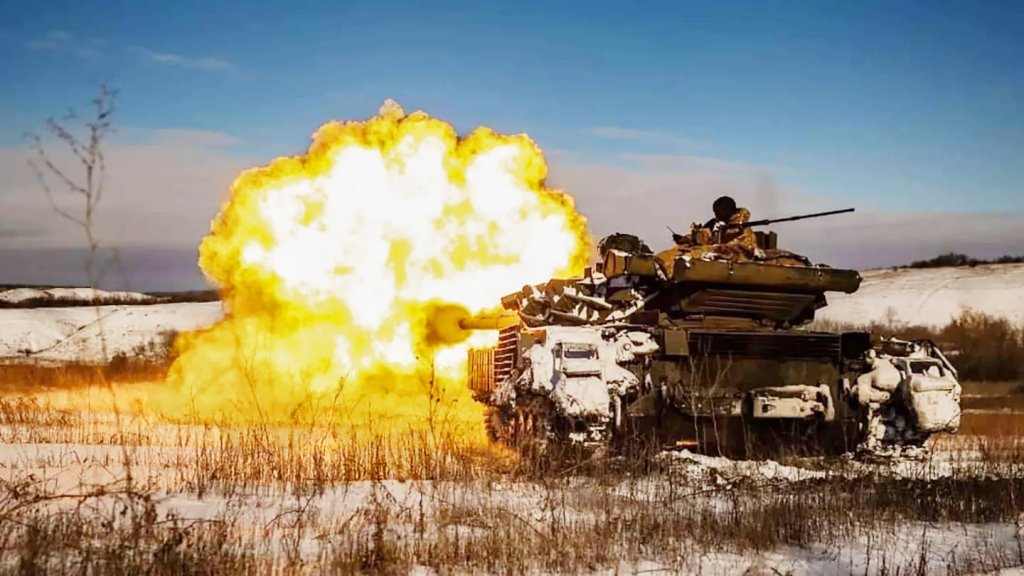
Another huge factor in Ukraine holding on to territory will be how much support it will receive from the U.S. and its allies.
With President-elect Donald Trump set to take office on Jan. 20, the Pentagon is scrambling to allocate about $6.8 billion in funds before they could dry up under the next administration.
About $1.22 billion is left in the Ukraine Security Assistance Initiative (USAI) funding pool used to purchase weapons from manufacturers, a senior defense official told reporters Tuesday. The Pentagon anticipates spending those funds before the end of the year, that official added. Among other weapons, the money has been allocated to purchase interceptors for Patriot air defense systems and National Advanced Surface-to-Air Missile Systems (NASAMS) donated to Ukraine.
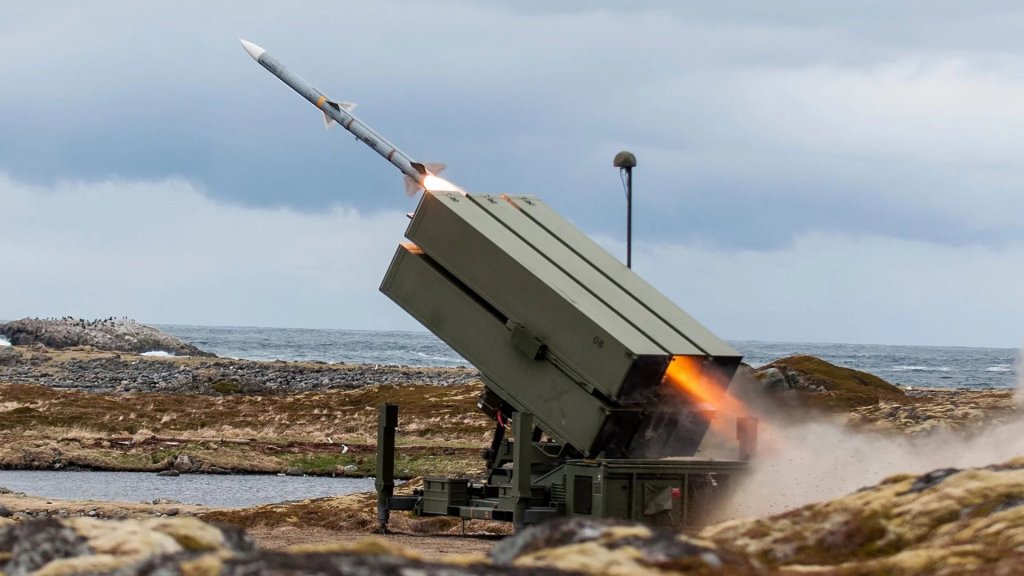
Another $5.6 billion is left in the Presidential Drawdown Authority (PDA) pool of money that replaces items provided to Ukraine from U.S. stocks, the senior defense official explained, adding that it is unlikely that the entire amount will be spent before Trump takes office.
“We will continue to do drawdown packages for the remainder of this administration,” the senior defense official told reporters. “But $5.6 billion is a substantial amount of authority, so I would certainly anticipate that there could be remaining authority that would transition and be available for the next administration to use.”
Whether that happens remains a huge question. As we previously reported, Trump has promised to end the war quickly but hasn’t offered specifics. Vice President-elect JD Vance has repeatedly criticized the Biden administration’s funding of Ukraine and called for freezing the frontlines where they are while others in Trump’s inner circle are more supportive of Kyiv.
So in addition to losses piling up for both sides, Ukraine and Russia face another common challenge – the uncertainty of plans by a new administration.
Contact the author: howard@thewarzone.com
